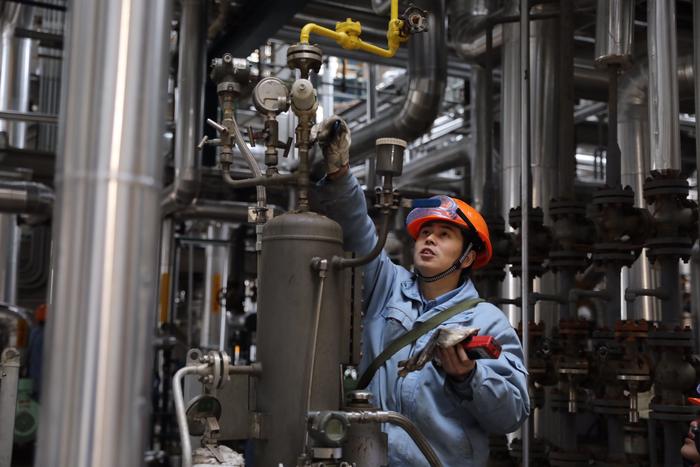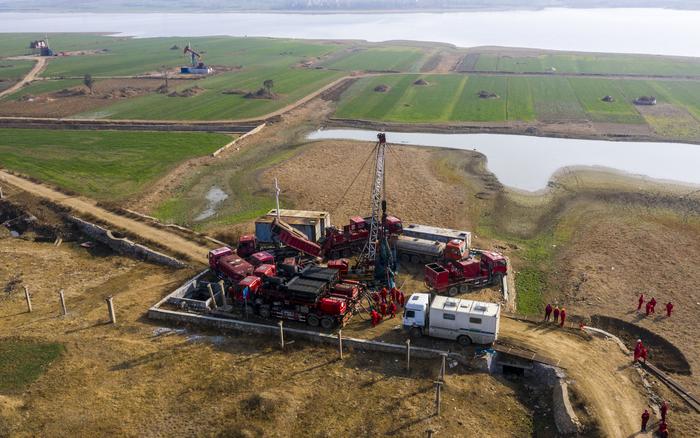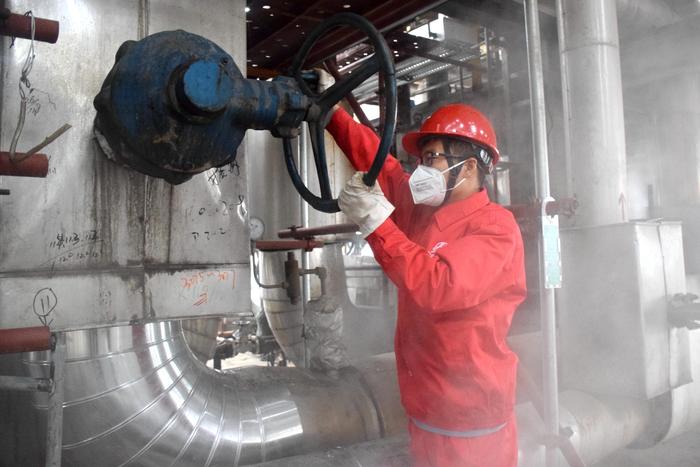|
| 2019-12-24 来源: 中国石化新闻网 |
| 石化新闻 |
|
中国石化新闻网讯 据能源之声12月23日消息称,根据澳大利亚新的《资源与能源季刊》(REQ),2019-2020年澳大利亚的液化天然气出口量将增至8100万吨,尽管这些出口的价值将会下降。 2018-2019年度的出口量达到7500万吨,增长将来自最近的两个项目,分别是Prelude和Ichthys液化天然气项目。到2020-2021年,出口将保持在8100万吨。该国的铭牌产能为8800万吨。卡塔尔2018年的产量为7600万吨,预计将在2021年之前保持这一水平。 不过,出口额将从2018-19年的500亿澳元(345亿美元)降至2019-20年的490亿澳元(338亿美元),并在2020-21年继续下降至460亿澳元(317亿美元)。REQ称,价格下跌将受到石油相关合约价格下跌的推动。澳大利亚大部分液化天然气出口都是在与石油挂钩的基础上销售的。在2017-18年期间,澳大利亚液化天然气出口价值310亿澳元(合214亿美元)。 澳大利亚大部分液化天然气输往日本占43%,韩国占11%。 报告称,液化天然气市场已达到人们期待已久的过剩产能。美国、澳大利亚和俄罗斯正在开始新的产出。 尽尽管现货天然气价格有所下降,但亚洲的大部分天然气交付仍是根据与石油相关的合同进行的,REQ称参考价格估计为每百万英热10.5美元。相比之下,以现货形式运抵日本的天然气价格为每百万英热5.5美元。 这种差价导致消费者在协议允许的范围内削减进口,同时推动价格重新谈判和缩短合同期限。 REQ称,随着供应增长放缓,现货价格将从2021年起开始上涨,届时将达到每百万英热7.1美元。澳大利亚的天然气价格预计将从2018-19年的9.7美元/百万英热降至2020-21年的8.1美元/百万英热。 REQ称:“预计澳大利亚将在2019年略微超过卡塔尔,成为全球最大的液化天然气出口国。” 但到本世纪20年代中期,这两个国家都将被美国超越。卡塔尔将在本世纪20年代末重新成为全球最大的液化天然气出口国。由于达尔文液化天然气供应的减少,澳大利亚的产量将在2021年底前小幅下降。 曹海斌 摘译自 能源之声 原文如下: Australian LNG to beat out Qatar in 2019 Australian LNG exports will rise to 81 million tonnes in 2019-20, according to the country’s new Resources and Energy Quarterly (REQ), although the value of these will decline. Export volumes in 2018-19 reached 75mn tonnes and the increase will come from the last two projects ramping up, at Prelude LNG and Ichthys LNG. Exports will remain at 81mn tonnes in 2020-21. The country has nameplate capacity of 88mn tonnes. Qatar produced 76mn tonnes in 2018 and are expected to stay at that level until 2021. Values will decline from A$50bn ($34.5bn) in 2018-19 to A$49 billion ($33.8bn) in 2019-20, though, and continue downwards to A$46bn (31.7bn) in 2020-21. This decline will be driven by a fall in oil-linked contract prices, the REQ said. Most of Australia’s LNG exports are sold on an oil-linked basis. During 2017-18, Australian LNG exports were valued at A$31bn ($21.4bn). The majority of Australia’s LNG goes to Japan, at 43%, and South Korea 11%. The LNG market has reached the long-expected point of over capacity, the report said. New output is starting up in the US, Australia and Russia. While spot gas prices have fallen, most deliveries in Asia continue to be made under oil-linked contracts, with the REQ saying the indicative price was estimated to be $10.5 per mmBtu. In contrast, gas arriving in Japan on a spot basis were judged by the authorities to be priced at $5.5 per mmBtu. This disparity has seen consumers cut imports where agreements allow, while also pushing for price renegotiations and shorter contract periods. Spot prices will increase from 2021, the REQ said, as supply growth slows, reaching $7.1 per mmBtu that year. Australian prices are expected to decline from $9.7 per mmBtu in 2018-19 to $8.1 per mmBtu in 2020-21. “Australia is expected to marginally edge past Qatar as the world’s largest LNG exporter in 2019”, the REQ said, but with both countries overtaken by the US in the mid-2020s. Qatar will then retake the title in the late 2020s. Australian production will decline slightly towards the end of 2021 as a result of field declines supplying Darwin LNG. |








